One of my favorite side dishes that uses fresh Swiss chard from the farmer's market is Swiss chard. This is a straightforward recipe for Swiss chard that is flavorful, nutritious, and savory. You merely sauté the ingredients in a little olive oil and garlic.
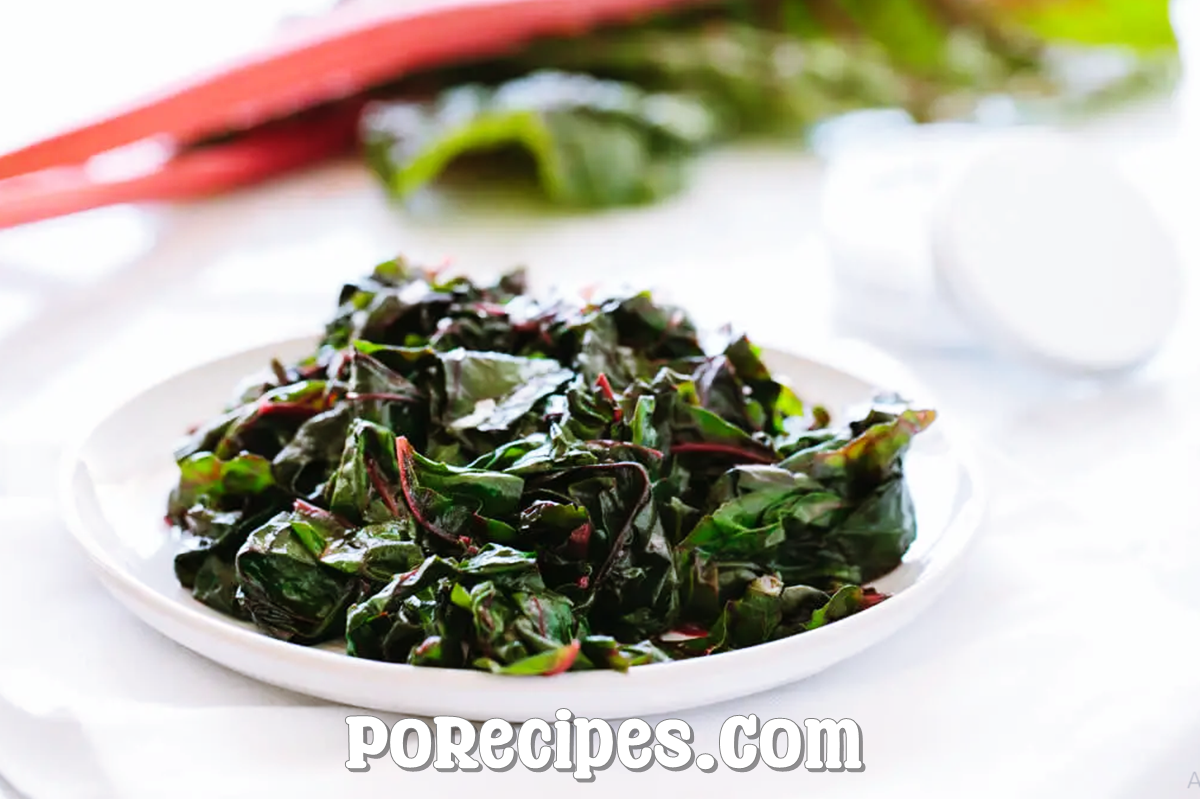
Swiss Chard
As a young child, Swiss chard was always a staple in my mother's cooking. I have fond memories of her boiling it and topping it with butter, which made it one of my favorite greens. Even to this day, I still enjoy eating Swiss chard as it's a gentle, sweet leafy green that is versatile in the kitchen.
This garlic sautéed Swiss chard recipe is not only quick and easy to make, but it's also a healthy and delicious side dish that pairs well with almost any meal. Whether you're looking for a nutritious addition to your dinner or a simple yet satisfying lunch, this dish is sure to satisfy you.
What is Swiss Chard?
Swiss chard is a highly nutritious leafy green that is packed with vitamins and minerals, including vitamins A, K, and C, as well as potassium, magnesium, iron, and dietary fiber. The name Swiss Chard is somewhat amusing, as it might make you assume that the plant is only grown in Switzerland. However, this isn't the case, and the name is actually due to the fact that it was first identified by a botanist from Switzerland.
Swiss chard is also commonly known as silverbeet or strawberry spinach and makes a fantastic alternative to spinach in many recipes. One of the most notable features of Swiss chard is its colorful stems, which can range from white to yellow, red, and every color in between. It's not uncommon to see Swiss chard labeled as rainbow chard in grocery stores due to this range of colors.
In addition to its nutritional value, Swiss chard contains betalains, which are compounds found in the same family as beets. You can easily spot betalains in Swiss chard by looking at the bright colors of its stems and veins. All in all, Swiss chard is a fantastic addition to any diet and a versatile ingredient that can be used in a wide variety of dishes.
What Does Swiss Chard Taste Like?
Swiss chard is often compared to spinach and kale in terms of bitterness, with some claiming it falls somewhere in between the two. However, in my experience, I find Swiss chard to be just as sweet as spinach, particularly when it's cooked. The green leaves of Swiss chard can be enjoyed in a variety of ways, such as by slicing them up and adding them to salads or boiling, roasting, or sautéing them.
While the stems of Swiss chard may be more bitter than the leaves, it's well worth taking the time to cook them rather than simply discarding them. Not only do they add a pop of color to your dish, but they're also loaded with valuable vitamins and nutrients.
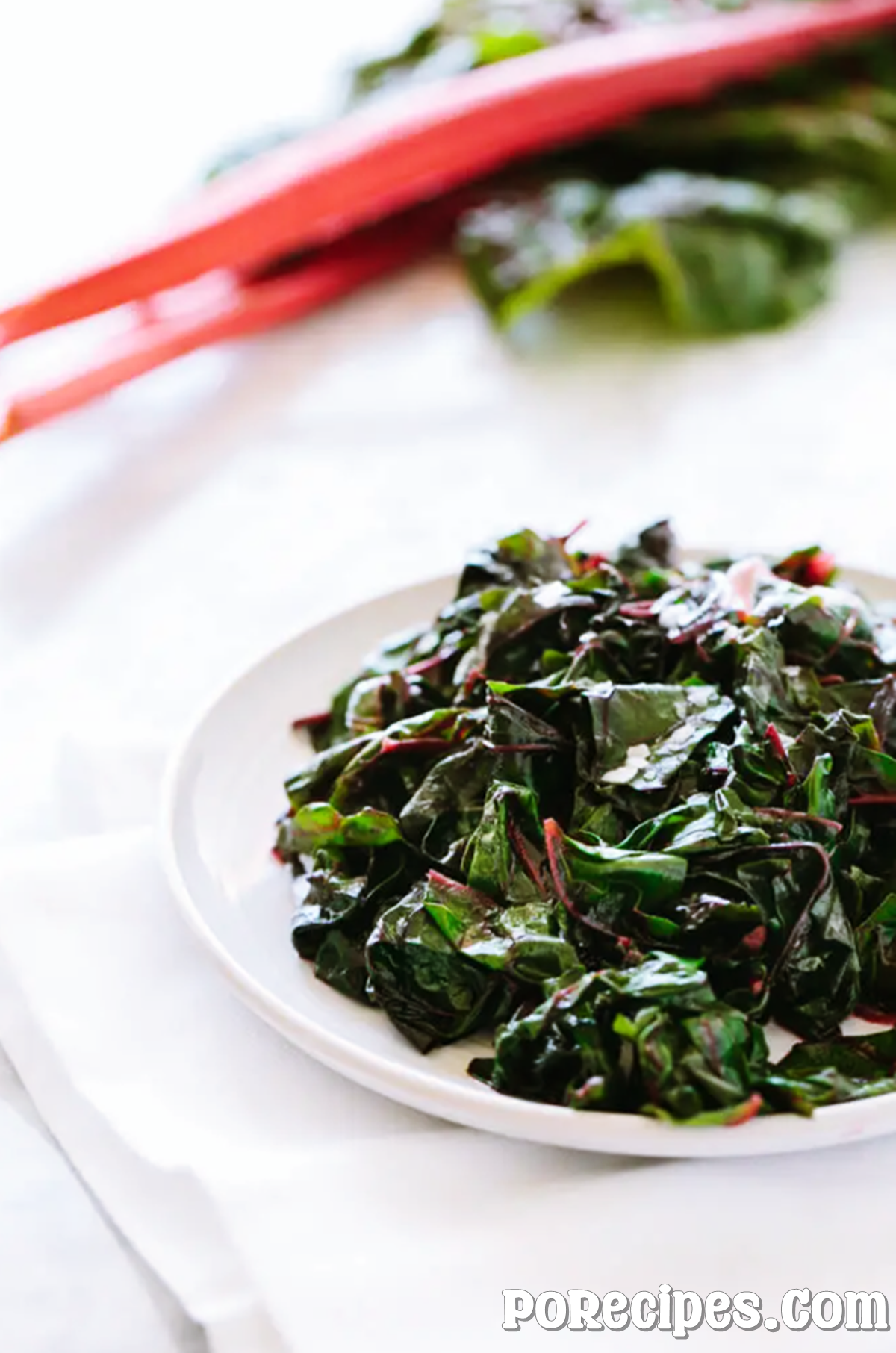
How to Make this Swiss Chard Recipe
When it comes to cooking Swiss chard, there are many ways to prepare it. However, one of my all-time favorite ways to enjoy this nutritious green is through a garlic sauté. Not only is it simple to make, but it's also incredibly delicious. The combination of the savory garlic and the subtle sweetness of the Swiss chard creates a flavor profile that is both satisfying and flavorful. To make this dish, all you need is a bunch of Swiss chard, garlic, olive oil, and a pinch of salt and pepper.
First, wash and chop the Swiss chard into bite-sized pieces. Then, heat some olive oil in a pan over medium heat and add the minced garlic. Cook the garlic for a minute or two until it becomes fragrant. Next, add the Swiss chard to the pan and cook it for a few minutes until it's wilted but still retains some of its texture. Finally, season with a pinch of salt and pepper to taste, and serve immediately.
How to Refrigerate Garlic Sautéed Swiss Chard:
Swiss chard that has been sautéed with garlic should be put in the refrigerator when it has completely cooled. For up to four days, keep it in the fridge.
How to Freeze Garlic Sautéed Swiss Chard:
To freeze garlic sautéed Swiss chard, allow it to cool completely before transferring it to a freezer-safe container. Label the container with the date and store it in the freezer for up to three months.
How to Reheat Garlic Sautéed Swiss Chard (If Required):
Swiss chard that has been sautéed in garlic may be reheated in the microwave for a few seconds or over low heat on the stove. To keep the pan from sticking or drying out, you might need to add a dash of water or olive oil. Cook until well heated before serving.
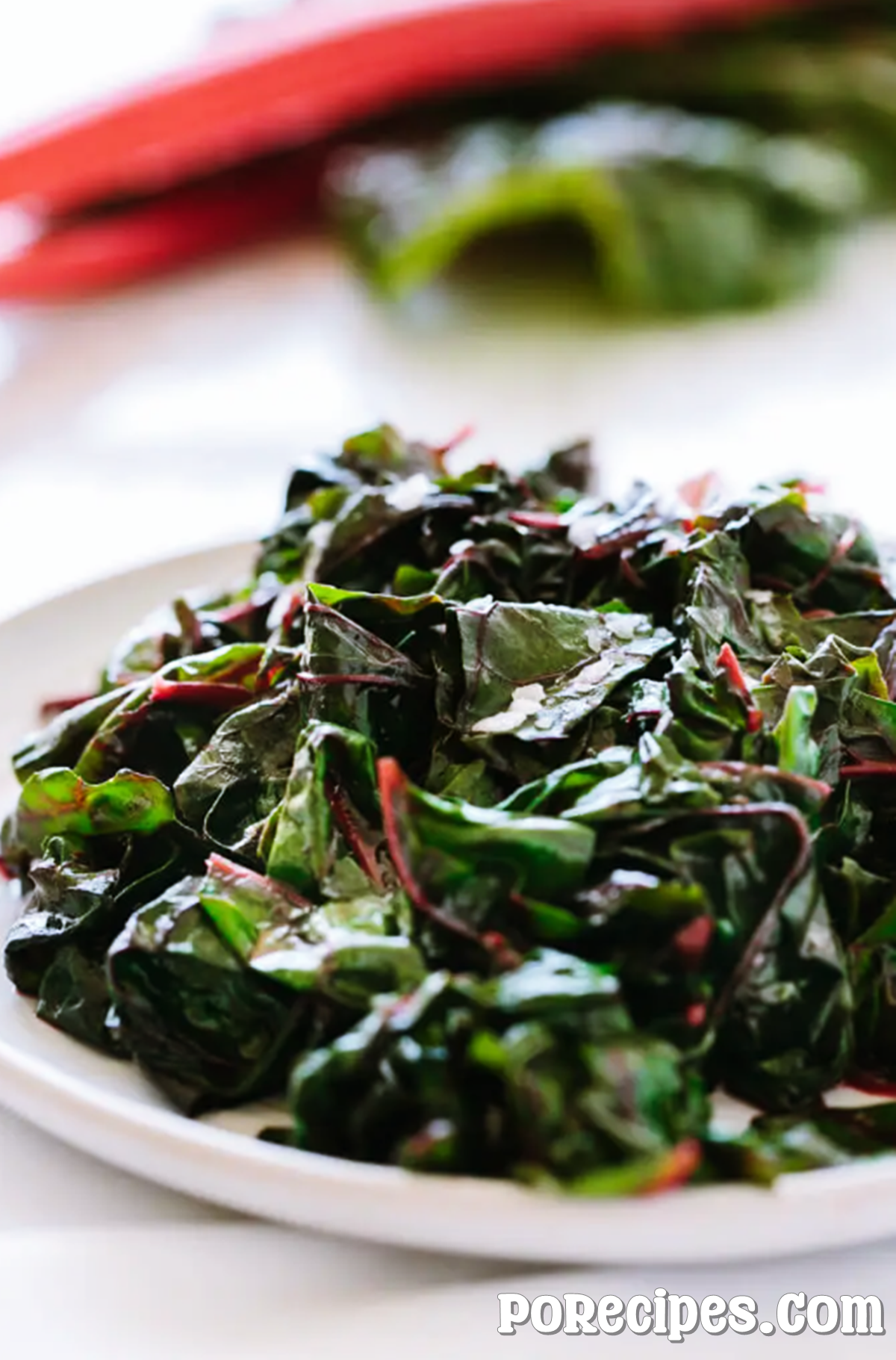
Conclusion
Swiss chard is a versatile and nutrient-dense leafy green that can be enjoyed in a variety of ways. Garlic sautéed Swiss chard is a simple and flavorful dish that can be served as a side or used as a base for a more complex meal. By following the tips outlined above, you can easily store any leftovers and reheat them later for a quick and easy meal.
FAQs
Is it simple to cultivate Swiss chard?
In a backyard garden, Swiss chard is a reasonably simple plant to grow. It is the perfect crop for spring and falls gardening since it enjoys colder temperatures and some shade.
How can I tell if my Swiss chard is bad?
Swiss chard's wilted, discolored leaves, as well as the slimy or mushy stems, are signs that it has gone bad. It's recommended to throw away the chard rather than eat it if you detect any of these symptoms.

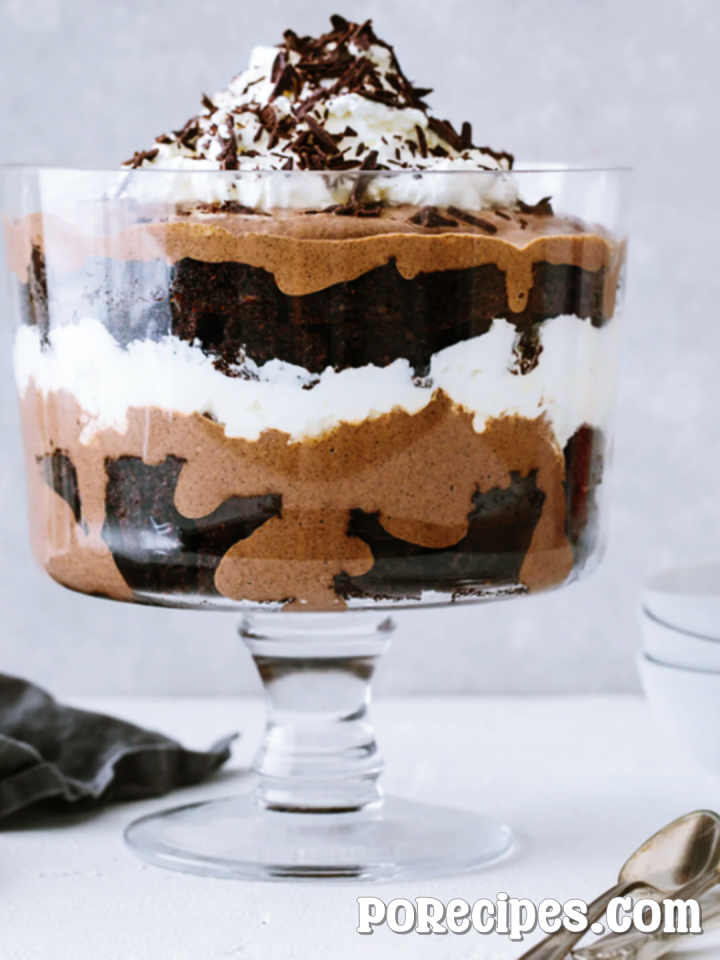


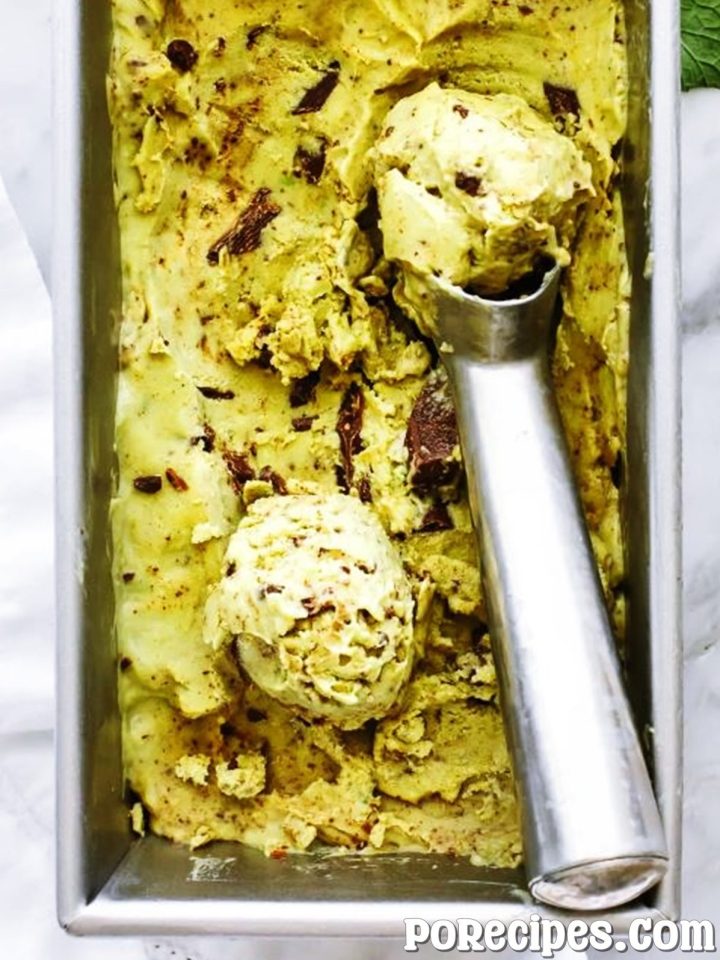
Leave a Reply